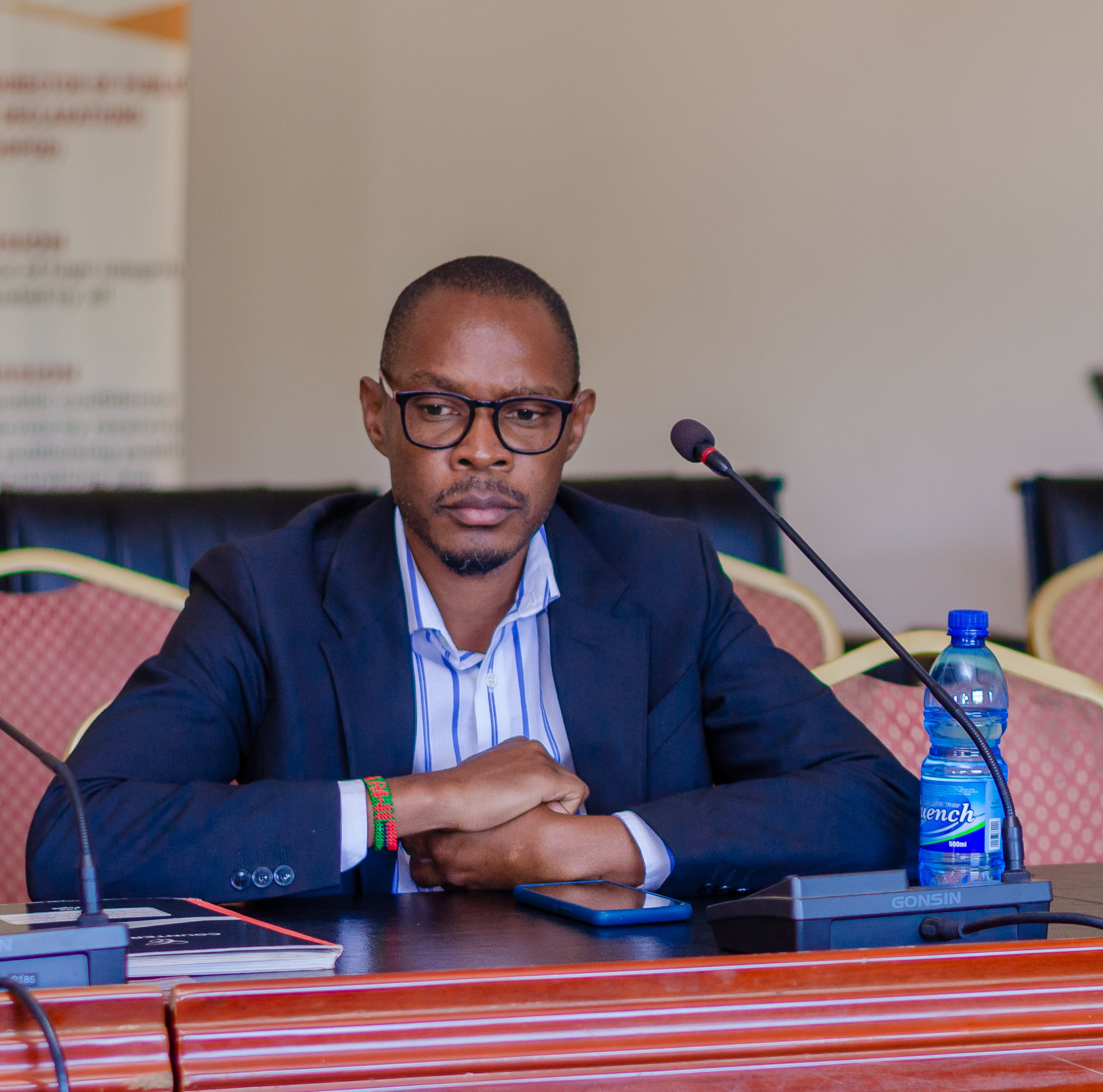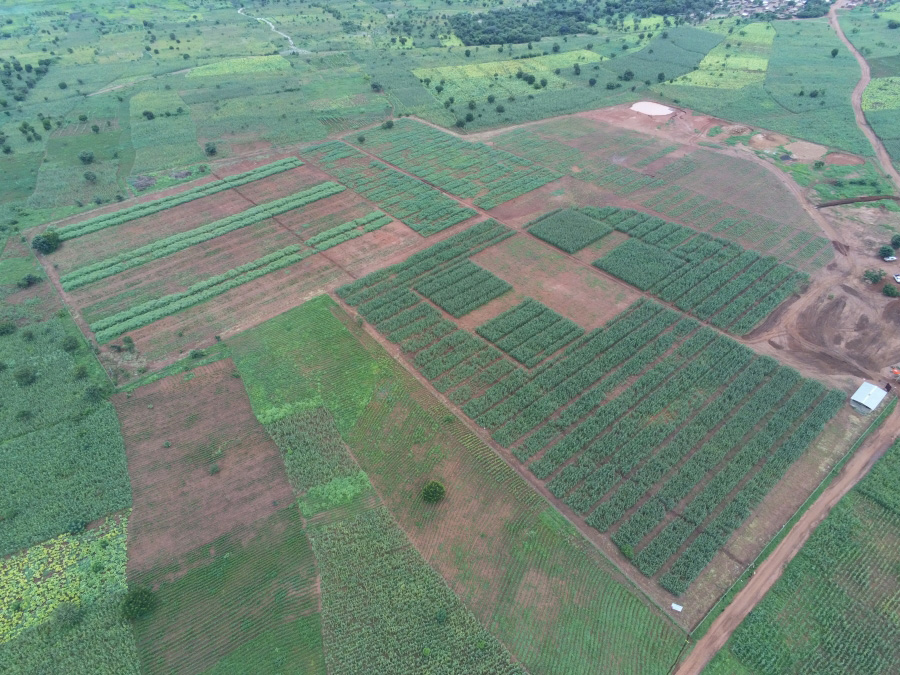Assignment: Provision of transport and haulage services for the financial year 2024 to 2025
Client: National Construction Industry Council (NCIC)
Duration period: 12 months
Bidding procedure: National Competitive Bidding
Deadline: 13 November, 2023
Contact: The Chairperson, Internal Procurement and Disposal Committee, National Construction Industry Council (NCIC) Lilongwe, Private Bag A146, Lilongwe.
Assignment: Provision of painting, decoration works and signage services for the financial year 2024 to 2025
Client: National Construction Industry Council (NCIC)
Duration period: 12 months
Bidding procedure: National Competitive Bidding
Deadline: 13 November, 2023
Contact: The Chairperson, Internal Procurement and Disposal Committee, National Construction Industry Council (NCIC) Lilongwe, Private Bag A146, Lilongwe.
Assignment: Provision car rental services for the financial year 2024 to 2025
Client: National Construction Industry Council (NCIC)
Duration period: 12 months
Bidding procedure: National Competitive Bidding
Deadline: 13 November, 2023
Contact: The Chairperson, Internal Procurement and Disposal Committee, National Construction Industry Council (NCIC) Lilongwe, Private Bag A146, Lilongwe.
Assignment: Provision of stationery, event decoration services, accommodation and conference services for the financial year 2024 to 2025
Client: National Construction Industry Council (NCIC)
Duration period: 12 months
Bidding procedure: National Competitive Bidding
Deadline: 13 November, 2023
Contact: The Chairperson, Internal Procurement and Disposal Committee, National Construction Industry Council (NCIC) Lilongwe, Private Bag A146, Lilongwe.
Assignment: Supply and delivery of office furniture and fittings, firefighting, fire protection equipment including maintenance services for the financial year 2024 to 2025
Client: National Construction Industry Council (NCIC)
Duration period: 12 months
Bidding procedure: National Competitive Bidding
Deadline: 13 November, 2023
Contact: The Chairperson, Internal Procurement and Disposal Committee, National Construction Industry Council (NCIC) Lilongwe, Private Bag A146, Lilongwe.
Assignment: Supply and delivery of ICT equipment, hardware and building materials, motor vehicle tyres and batteries, outdoor advertising, air travel agency services for the financial year 2024 to 2025
Client: National Construction Industry Council (NCIC)
Duration period: 12 months
Bidding procedure: National Competitive Bidding
Deadline: 13 November, 2023
Contact: The Chairperson, Internal Procurement and Disposal Committee, National Construction Industry Council (NCIC) Lilongwe, Private Bag A146, Lilongwe.
Assignment: Consultancy services for provision of detailed designs, tender documentation and supervision services for the construction of twenty storey capital hill twin towers office blocks
Client: Ministry of Transport and Public Works
Delivery Period: 26 weeks
Bidding procedure: National Competitive Bidding
Deadline: 29 November, 2023
Contact: The Chairperson, Internal Procurement and Disposal Committee, Ministry of Transport and Public Works, Capital Hill, Private Bag B365, Lilongwe 3, Malawi.
Email: buildingdept@transport.gov.mw cc: dob_ipdc@transport.gov.mw
Assignment: Provision of consultancy services for preparation of financial statements and audit file management for FY2020/2021, FY2021/2022 and FY2022/ 2023
Client: National Oil Company Limited of Malawi (NOCMA)
Delivery Period: 3 months
Bidding procedure: National Competitive Bidding
Deadline: 1 December, 2023
Contact: The Chairperson, Internal Procurement and Disposal Committee, National Oil Company Limited of Malawi, NOCMA Board Room, Kang’ombe House, 4th Floor, East Wing, City Center, Lilongwe Malawi.
Assignment: Supply and delivery of motor vehicles
Client: National Oil Company Limited of Malawi (NOCMA)
Delivery Period: 8 to 12 weeks
Bidding procedure: National Competitive Bidding
Deadline: 1 December, 2023
Contact: The Chairperson, Internal Procurement and Disposal Committee, National Oil Company Limited of Malawi, NOCMA Board Room, Kang’ombe House, 4th Floor, East Wing, City Center, Lilongwe Malawi.
Assignment: Supply and installation of six community based flood early warning systems
Client: Department of Disaster Management Affairs
Bidding procedure: National Competitive Bidding
Deadline: 11 December, 2023
Contact: Procurement and Disposal of Assets Unit, Department of Disaster Management Affairs, 2nd Floor Department of Economic Planning Building, Capital Hill Circle, Private Bag 336, Lilongwe 3 Malawi.




































